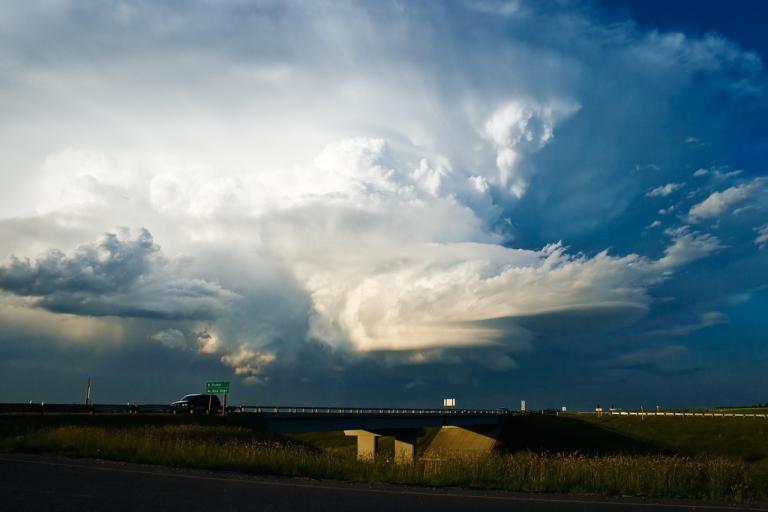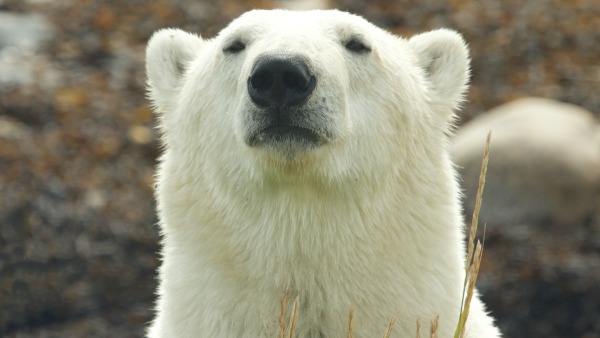
Joshua Robert/ReutersMcCarthy.
Last Friday, new EPA chief Gina McCarthy faced the nation to announce new carbon emission limits for power plants. Her first stop that morning was the National Press Club in Washington, D.C., to explain the proposed limits to the mainstream press. Her second stop might surprise you: It was less than a mile away at the Washington Convention Center, where the Congressional Black Caucus Foundation was holding its 43rd annual legislative conference.
McCarthy’s message to her second audience was blunt: These new regulations were designed to protect people, and in particular, underserved communities that will bear the brunt of climate change. Fighting climate change, in other words, is a matter of environmental justice.
“Climate change is not about polar bears, which I think are cute,” McCarthy said during the unannounced visit. “It’s about people. It’s about water, wastewater, and the infrastructure that is under our water. It’s about the sewers that are backing up and overflowing all at the same time. It’s about our drinking water supplies.”
The speech was a clear reminder of how the Obama administration’s environmental arm has framed the conversation around domestic climate change impacts: Officials have turned away from talk of protecting the Earth and toward a focus on protecting communities at risk. This focus on environmental justice was championed by Obama’s first EPA chief, Lisa Jackson, and despite consistent attacks from climate- and safety-net-denying conservatives, it is the context the EPA continues to embrace.
McCarthy said as much, when, speaking before the National Press Club, she explained how the harmful effects of smog and ozone on human health intensify as temperatures rise. “That’s why people from low-income, environmental justice communities across the nation are concerned,” she said, “they are so often at risk when disaster strikes.”
She elaborated at the Congressional Black Caucus conference:
We don’t focus enough on the fact that climate change is happening and why that is important to environmental justice communities in urban areas. Well guess who’s left — who always bears the most brunt when you have a devastating impact? Who gets hit the most? Who doesn’t have the ability to get up at a moment’s notice because they know that a hurricane is coming or flooding is beginning?
I just met with some small business [owners] who talked about the impacts from Hurricane Sandy. If you look at who was hit and who wasn’t hit, it was the low-income areas. It was the individuals who are struggling to make ends meet, who can’t simply adapt on a moment’s notice. It was also small businesses that thrive in the urban world but that didn’t have the resilience to be able to bounce back after they lost everything. …
The last thing we want to do is have climate change be an added burden on those communities that are already bearing the biggest burden of pollution.
The party McCarthy crashed was a panel discussion about an executive order signed by President Bill Clinton almost 20 years ago that mandates federal departments and agencies to consider harmful impacts on vulnerable populations when they issue new rules and permits. Rep. James Clyburn (D-S.C.) hosted the discussion on progress made and not made since the executive order (No. 12898 if you’re keeping track) went into effect. Panelists included EPA officials Lisa Garcia and Melinda Downing, both from the agency’s Office of Environmental Justice, and in the audience were hundreds of grassroots and grasstops activists who were instrumental in making the executive order and the EPA office possible.
The EPA chief, speaking in her brawny, Bah-ston tone, said the agency’s approach will be as much about helping communities adapt to climate change as it will be about curbing carbon emissions. McCarthy said that focusing on adaptation grants the federal government the opportunity to invest in the kind of infrastructure upgrades and resiliency-building measures for under-resourced communities that environmental justice advocates have been calling for for years.
The U.S. Department for Housing and Urban Development, for example, has packed a number of adaptation proposals into its recently released Sandy Task Force report. Environmental justice groups in New York have been pushing for these projects for a long time, but without the funds.
Some in the audience and on the panel pushed for stronger codification of special protections for vulnerable communities, cautious that a future president or a new EPA chief could come in and undo the work of McCarthy and her predecessor, Jackson.
“The executive order is a good thing because it has authority, but what about a law?” asked panelist Mildred McClain, executive director of Harambee House Inc., an environmental justice nonprofit in Savannah, Ga. “Can we have an environmental justice law?”
There was the Environmental Justice Act, introduced in Congress in the early 1990s, which had sponsors like Rep. John Lewis and then-Sen. Al Gore. Congress failed to take up the bill and future versions of it. But Garcia, EPA’s associate assistant administrator for environmental justice, reminded the audience that there are laws on the book that serve these interests in absence of a law specifically addressing environmental justice.
“The Clean Air Act allows us to get to a place where we can effectuate environmental justice,” Garcia said. “The Clean Water Act also gives us that ability, and the mandate and the responsibility” to protect vulnerable communities.
The Clean Air Act, of course, is the law under which the U. S. Supreme Court has confirmed EPA’s authority to regulate air pollutants, including those that cause climate change. And that is what EPA’s new limits on carbon dioxide emissions are all about, as instructed by President Obama in his climate action plan.
“You can’t have a discussion about climate change impacts without understanding who’s most impacted, and we understand that to be our communities, especially in urban areas,” Garcia said.
Still, EPA will have to face the wrath of industries that want to emit and pollute at no cost, and their allies in Congress who wish to enable them. The agency will also go before the Supreme Court to defend the right to regulate in nine different cases over the next few months. Add in the sequestration threats and budget cuts that have surrounded the agency in a cloak of funding uncertainties, and at the EPA, adaptation takes on a whole new meaning.
Both Garcia and McCarthy told the audience that the political resistance from conservatives would not impact their priorities.
“I want to assure you that EPA will keep environmental justice not on the side of its brain but at the front of its brain,” said McCarthy. “Because frankly environmental justice is not a secondary issue. It is a core issue of the mission of the EPA, because we are about protecting people’s health and the environment.”





